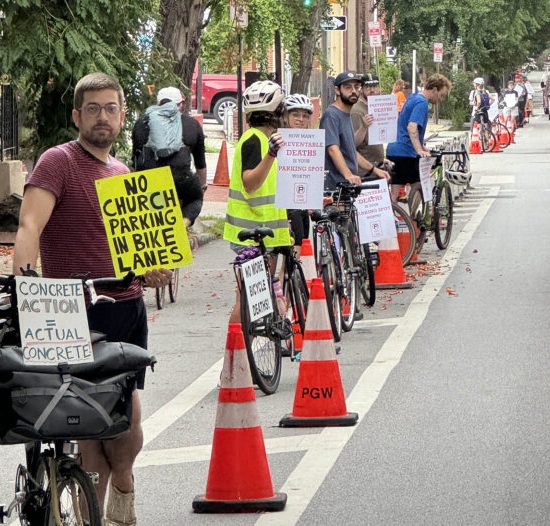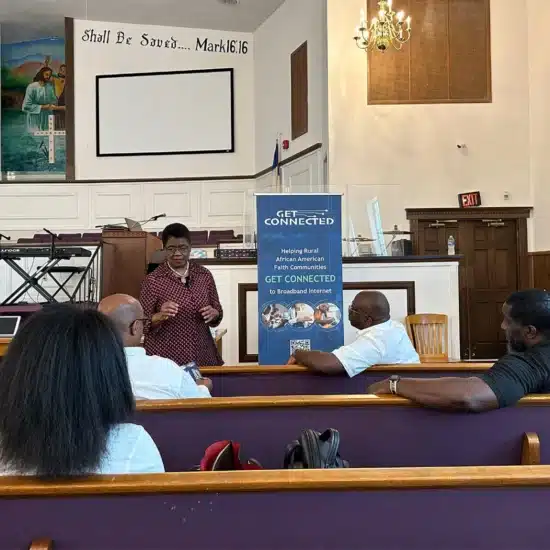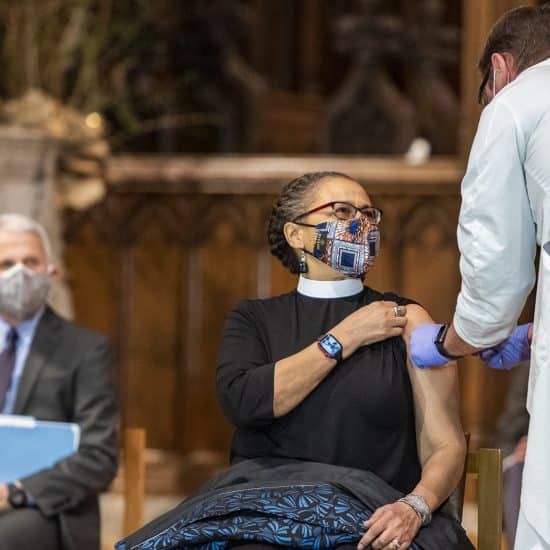 |
HARTFORD, Conn.—Large congregations are more likely than small churches to emphasize evangelism and recruitment of new members but significantly less likely to contact members who stop attending, according to a recent study.
A little more than half of surveyed congregations said they definitely would contact an active member who stopped attending to find out why, and another quarter said they probably would.
Among churches larger than 500 members, however, just 37 percent reported a practice of contacting members who stop attending.
Hartford Seminary’s David Roozen, author of the Faith Communities Today 2008 survey, said the finding “suggests a potentially simple way such congregations could enhance their growth prospects.”
The study, conducted by the Cooperative Congregational Studies Partnership, an interfaith coalition of denominations and faith groups formed 10 years ago, found that churches that strongly view themselves to be “spiritually vital and alive” are more intentional in their attentiveness to new attendees than less spiritually vital congregations.
Just as there are obstacles to attracting new members, Roozen said, there can be obstacles that make it difficult for people to participate regularly in their chosen congregation. Time—typically because of school- or sports-related activities or work schedules—rated significantly higher than location factors like driving distance, parking and fear of crime, the study found.
A frequently used indicator of organizational vitality is how easy or hard it is for congregations to find people to serve in their organizational structures, Roozen said.
“The good news is that only one in 10 congregations say they often can’t find enough people to serve,” he reported. “Less encouraging is that only three in 10 say they have no problem.”
For the remaining 60 percent, Roozen said, “finding people to serve is a challenge, but they typically succeed.”
“Somewhat counter-intuitively,” Roozen noted, is that churches with fewer committees are the most likely to struggle finding people to serve, regardless of the church size. Less surprising is that congregations with declining worship attendance also are most likely to struggle finding people to serve.
Congregations that struggle to find people to serve are more likely to have the same people serving over and over again—resulting in a lack of rotation among leaders—and less likely to have lay leaders who represent the diversity of the congregation’s participants in terms of age, race and gender.
Lay volunteers provide the primary “labor force” for the vast majority of congregations, Roozen said, making their “care and feeding” a critical issue. He found it surprising, therefore, that less than half of congregations publicly recognize and thank volunteers for their service on a regular basis. A quarter said they provided regular training sessions to new leaders, which compounds the problem of finding new leaders among people who may feel unqualified to serve.
Congregations that recognize and train volunteers, Roozen said, are more than twice as likely to rate themselves as spiritually vital.
Conflict also was a factor in people leaving the church. The study found leaving is the most likely response to serious conflict, especially when it involves leadership issues or worship. Withholding contributions is not as prevalent a response as researchers expected, but the study said withholding money is more popular among old-line Protestants, while membership mobility is the preferred response of evangelicals.
“A leader leaving is rare except, as one would expect, in conflicts about leadership,” Roozen noted.
Faith Communities Today is a series of national surveys of American congregations launched in 2000. Involving more than 14,000 local churches, synagogues, temples and mosques, it was the largest national survey of congregations ever conducted in the United States.
The study, described as “a public profile of the organizational backbone of religion in America—congregations—at the beginning of a new millennium,” will be replicated in 2010.






